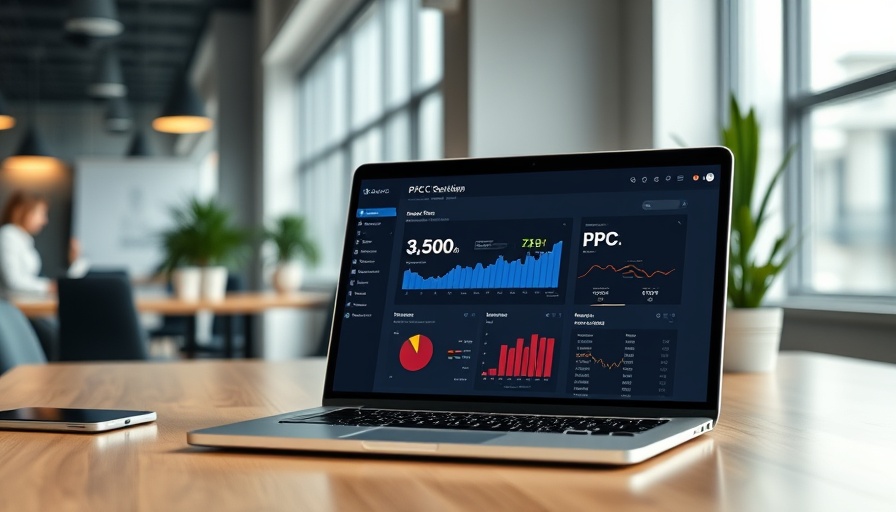
Understanding the Shift in Google Ads: The RSA Update
In late February 2025, Google announced a significant update concerning Responsive Search Ads (RSAs) that has stirred the waters in the digital marketing landscape. This update drastically changes the way advertisers can use sitelinks, which traditionally functioned as additional navigational links to specific pages on a website. Starting now, up to two RSA headlines can serve in places previously reserved for sitelinks—offering a fresh avenue for enhanced engagement.
What Are Responsive Search Ads (RSA)?
Responsive Search Ads are dynamic and versatile ad formats that allow advertisers to input multiple headlines and description lines within a single ad. Google then utilizes its AI capacity to optimize and display the most relevant combinations to users based on their search queries. Before this latest update, advertisers could only utilize three headlines from a pool of up to 15 variations in their RSAs, limiting their visibility and potential engagement.
The Impact on Advertisers
The latest changes mean that additional pathways for user engagement may become available within the same ad space. For example, when Google predicts performance improvements, it can implement two RSA headlines as sitelinks. This maneuver can enhance visibility and traffic, but it also raises concerns over managing brand messaging and ensuring that the headlines resonate well with user intent.
Historically, sitelinks served specific purposes, directing users to particular pages like product categories or promotional offers. Google once demanded that these sitelinks carry unique content, ensuring users were directed to precisely targeted information. Now, combining these two assets can muddle the distinction between headline and sitelink content, as both can now point to the same final URL, creating complications.
How to Adapt to the New Changes
For marketers and business owners aiming to leverage this update, refining ad strategies is crucial. Begin by analyzing the performance of existing headlines. Google's reporting features—such as the combinations report—are now more critical than ever, as they can reveal which combinations draw the most clicks.
Next, invest time in crafting compelling headlines that also consider their dual functionality as sitelinks. Make sure that every option is not only attention-grabbing but also action-oriented and aligned with campaign goals. The more relevant the headlines are to target user queries, the better the chance of successful engagement.
Looking Forward: AI and Future Innovations
This update is indicative of Google's ongoing progression towards integrating AI into its ad technologies. There’s an underlying motivation to empower advertisers while simultaneously ensuring consumer experiences are seamless and efficient. As a result, marketers should stay abreast of further changes in digital marketing tools, particularly as campaigns evolve and adapt to a more automated framework.
Key Takeaways for Marketers
Overall, adapting to Google's RSA update requires a mix of creative strategy and analytical insight. Understanding the implications of these changes means recognizing how to maximize the potential offered by new ad placements while maintaining clarity and control over messaging.
Marketers should keep a close eye on performance metrics, embrace innovative approaches to headline crafting, and fully leverage AI-driven optimization. With the landscape shifting, staying informed about digital marketing trends, including PPC and SEO updates, will help identify opportunities as they emerge.
Conclusion: Prepare for the Digital Future
In this fast-paced digital marketing landscape, evolving with the trends is essential. The recent Google RSA update serves as a reminder that adaptability in PPC advertising strategies can cultivate new paths to conversion. With the significance of engaging content more critical than ever, marketers must remain vigilant, proactive, and prepared for the ongoing evolution of digital advertising.
Call to Action
If your organization is looking to refine its digital marketing strategies, consider reaching out to professionals who specialize in PPC advertising. The right guidance can help optimize your campaign performance and secure better returns on your investment.
 Add Row
Add Row  Add
Add 




Write A Comment